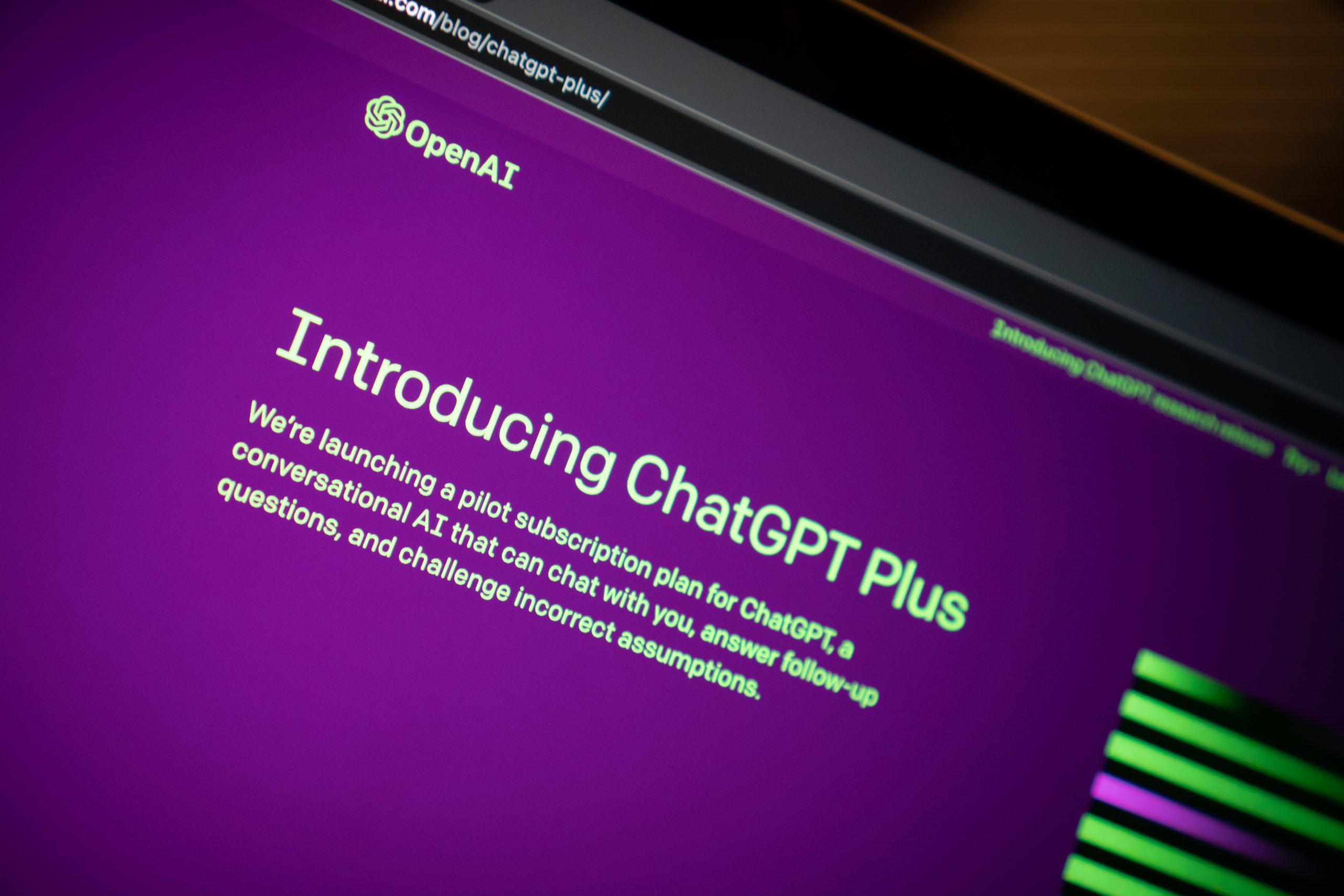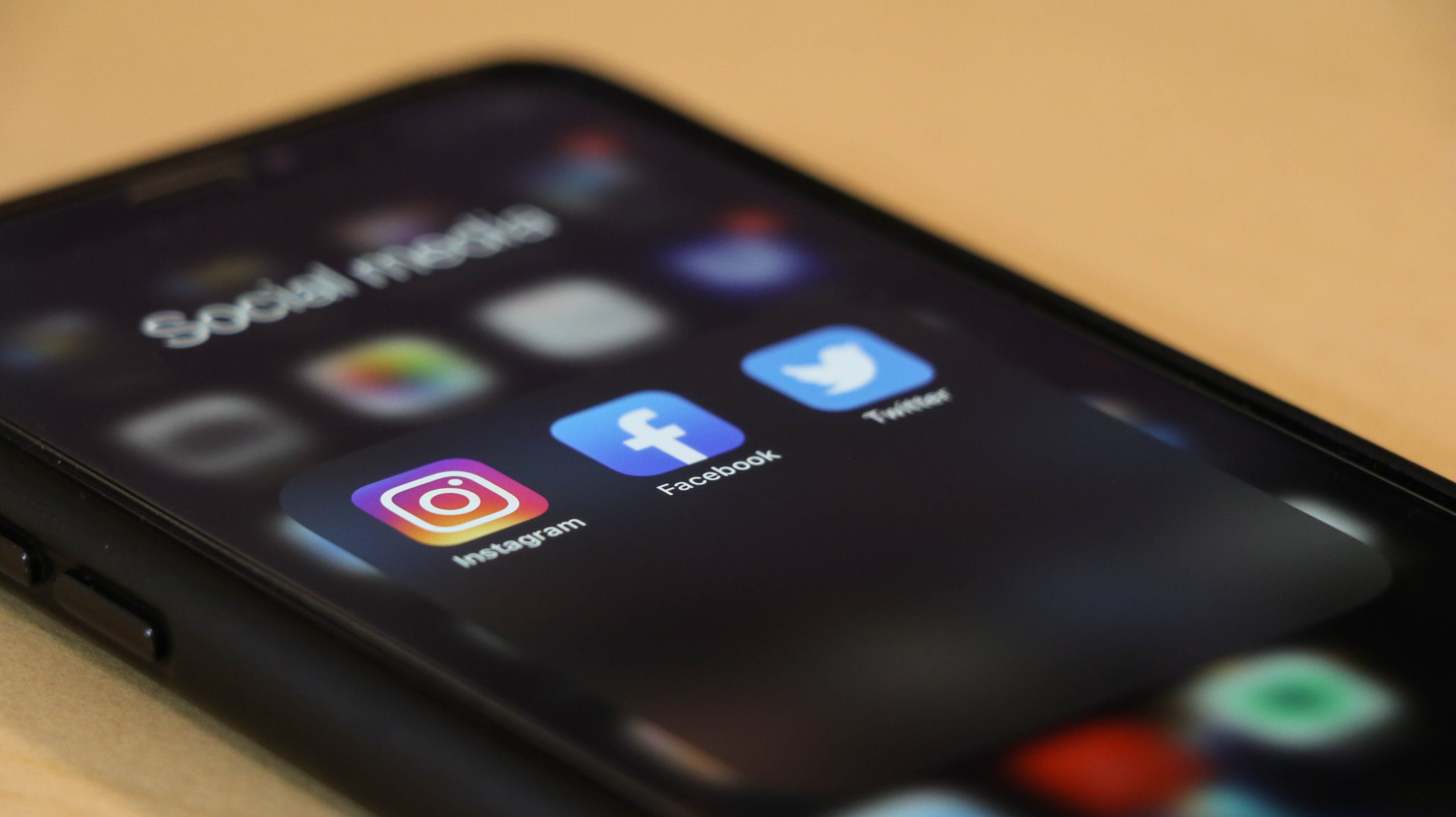The COVID-19 pandemic has accelerated the trend towards remote and hybrid work environments, with many nonprofit organizations embracing the benefits of flexible work arrangements. A remote work environment allows employees to work from anywhere with an internet connection, while a hybrid work environment combines remote work with on-site work.
Nonprofit organizations are always looking for ways to improve their operations, and a remote or hybrid work environment can be a valuable tool to achieve that. By providing flexibility and allowing employees to work from anywhere, a remote or hybrid work environment can lead to increased productivity, reduced costs, and better work-life balance for employees. Moreover, it can attract and retain top talent, leading to a more stable workforce and reducing the need for recruitment and training.
A remote or hybrid work environment can help organizations achieve their goals and make a meaningful impact in their communities.
Increase Productivity
One of the primary benefits of a remote or hybrid work environment for nonprofits is increased productivity. The flexibility provided allows employees to work in a comfortable and familiar environment, free from distractions and interruptions often found in traditional office spaces.
Studies have shown that remote workers are often more productive than their office-bound counterparts, due to fewer distractions, fewer sick days, and a better work-life balance. In a nonprofit organization, increased productivity can mean more effective program delivery, improved fundraising results, and better outcomes for the communities served.
Reduce Costs
Another significant advantage of a remote or hybrid work environment for nonprofits is cost savings. This strategy eliminates the need for office space, utilities, and other related expenses. Nonprofits can save on rent, maintenance, and equipment costs, which can be redirected toward achieving the organization’s mission. Donors and grant providers will appreciate the lower overhead if the program impact continues or improves.
A hybrid work environment can also provide cost savings, as it reduces the number of employees on-site at any given time, thereby decreasing the need for office space and related expenses. This can result in significant cost savings for nonprofits, especially those with limited budgets.
Improve Work-Life Balance
A remote or hybrid work environment can also provide employees a better work-life balance. Employees can work from home or other locations, reducing commute times and allowing them to spend more time with family and pursue personal interests.
In a nonprofit organization, this can lead to happier and more engaged employees who are more committed to achieving the organization’s mission. It can also lead to reduced turnover rates, as employees are likelier to stay with an organization that values their well-being and work-life balance.
Better Recruitment and Retention
Offering a remote or hybrid work environment can also help nonprofits attract and retain top talent. Working from anywhere can expand the pool of qualified candidates, as the location is no longer a barrier to employment. A flexible work arrangement can also be a significant selling point for candidates prioritizing work-life balance and a non-traditional work environment.
A remote or hybrid work environment can increase job satisfaction and loyalty for existing employees, leading to reduced turnover rates and a more stable workforce. This can result in cost savings associated with recruitment and training new staff.
Challenges and Considerations
While a remote or hybrid work environment can benefit nonprofits, it’s essential to consider the challenges and potential drawbacks. Maintaining a sense of community and organizational culture can be more challenging in a remote work environment, requiring intentional efforts to foster connection and engagement among staff.
Additionally, effective communication and collaboration are critical in a remote or hybrid work environment, and nonprofits must invest in the right tools and technology to facilitate this. Finally, nonprofits must ensure that remote or hybrid work arrangements comply with legal and regulatory requirements, such as labor laws, insurance coverage, and data privacy regulations.
The main point is that a remote or hybrid work environment can benefit nonprofit organizations, including increased productivity, cost savings, improved work-life balance, and better recruitment and retention of top talent. However, it’s important to consider the challenges and potential drawbacks of a flexible work arrangement, such as maintaining organizational culture, effective communication, and compliance with legal and regulatory requirements.
Nonprofits can overcome these challenges by investing in the right tools and technology, fostering connection and engagement among staff, and ensuring compliance with legal and regulatory requirements. By embracing a remote or hybrid work environment, nonprofits can unlock the many benefits of flexible work arrangements, improve their operations, and achieve their mission.
If you want to explore remote or hybrid work arrangements for your nonprofit organization, contact 52 Alliance today to schedule a consultation. We can help you assess your organization’s readiness for a flexible work arrangement, provide guidance on the best practices for implementing it, and assist with technology selection and integration.







